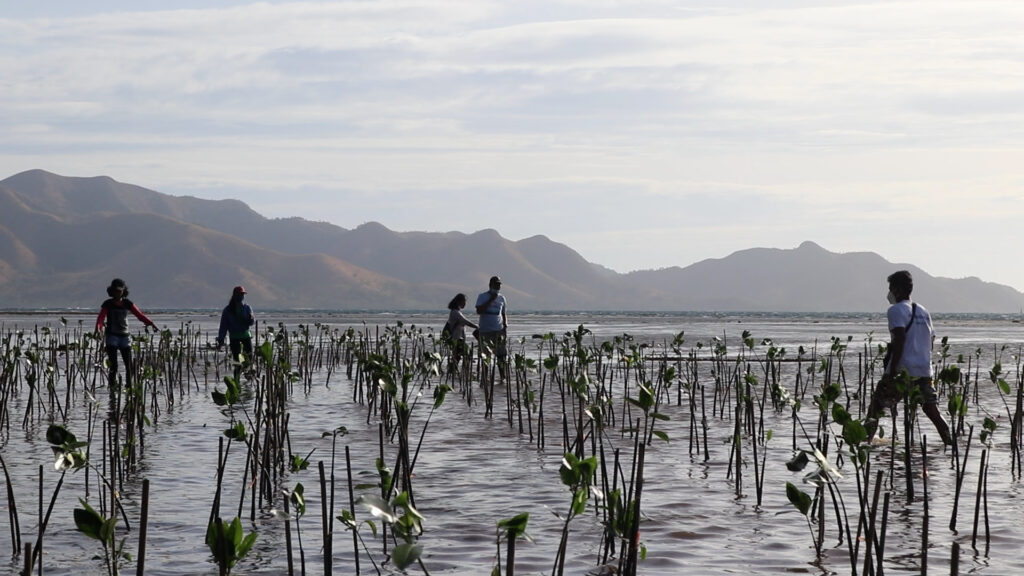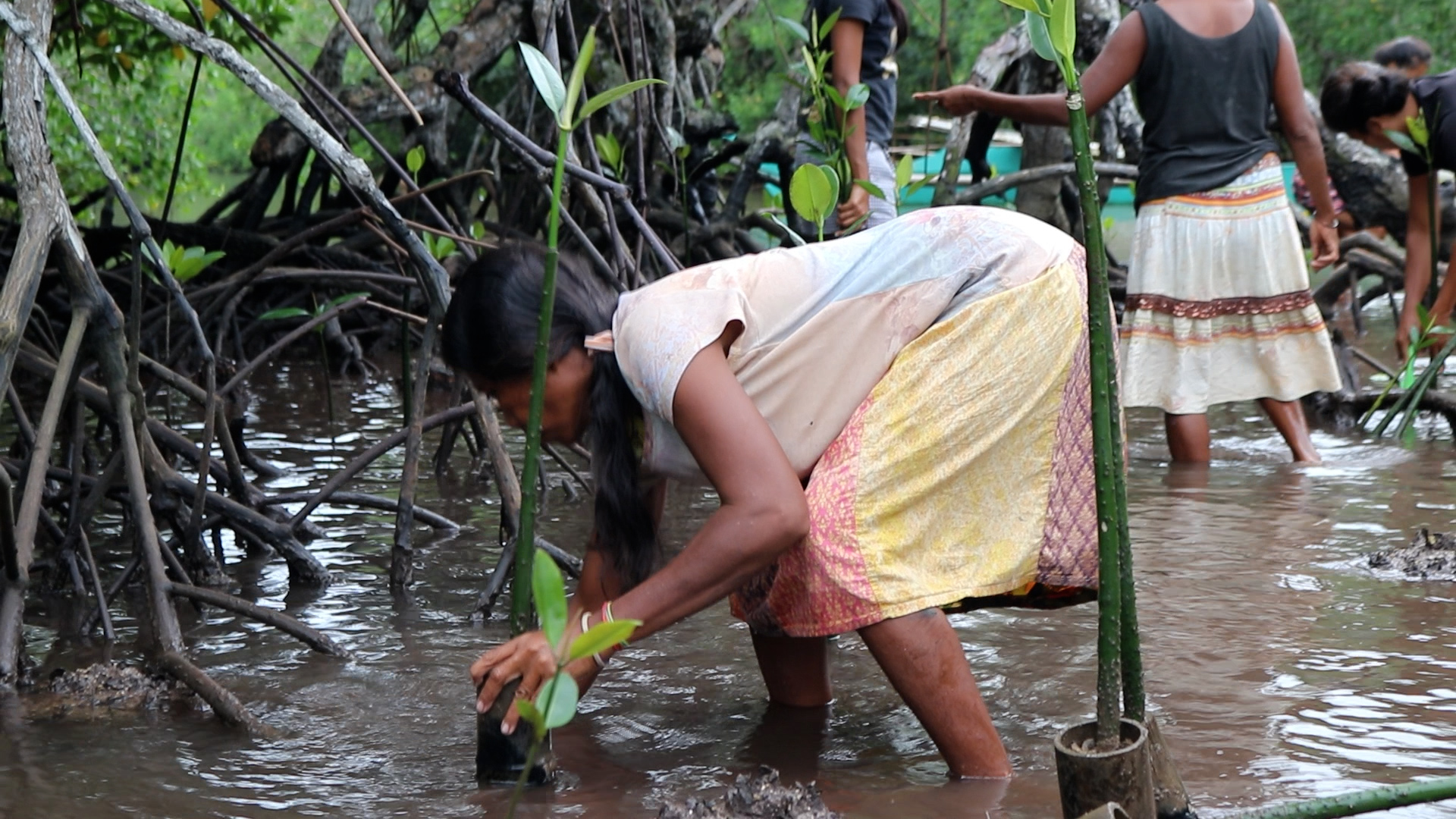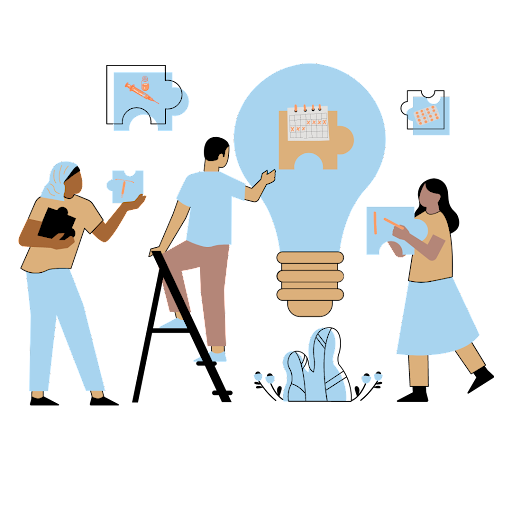The governance system in the Philippines is decentralized, involving work at both national and subnational levels, and a considerable portion of this work requires partnerships with government entities, the private sector, and CSOs. PFPI has consistently collaborated with local government institutions, with local government units serving as the basic governance unit in the country. Our engagement involves working with local leadership. As an organization, we recognize that our presence is not for the long term, but rather a short period. Therefore, we prioritize sustainability right from the planning phase of our work and always aim for local ownership of the initiatives introduced. This is where partnerships at the community level come into play. We collaborate closely with local government units, CSOs, and relevant stakeholders, enhancing their capacities—both technical and operational—for tasks such as assessment, planning, implementation, and monitoring.
A similar approach applies to our partnerships with people’s organizations, such as fisher-folk, youth, and women’s organizations. We build on the existing community structures, a crucial aspect of achieving community empowerment and sustaining the gains of our partnerships.
When implementing our programs, establishing trust within the community is immensely valuable. In cases where we are new to an area, we initiate partnerships with organizations that the community already trusts and is familiar with. These partnerships have enabled us to effectively influence policies through advocacy work, particularly with local government units, creating an environment conducive to behavior change among individuals and communities.
We also collaborate with various sectors. For instance, in our coastal and marine conservation work, we partner and leverage contributions from national agencies that are already active in the communities. Given that funding is often insufficient to address deep-rooted issues, we recognize the critical role that partnerships and collaboration play. It’s a clear realization for program implementers that partnerships provide advantages in terms of consolidating and synergizing efforts, irrespective of whether the programs are short-term or long-term, or the funding is substantial or limited. Aligning with the vision of local leadership is another vital component. It’s evident that everyone shares the goal of alleviating poverty, improving well-being, and enhancing systems to provide all community members with access to ecosystem services that a healthy natural resource can offer. This shared vision makes collaboration easier, as all stakeholders contribute to the same goals and aspirations of communities and households.
We typically approach well-being at the household level as the basic unit of partnership, alongside individuals. For instance, when working with women, we often hear them express the desire for their partners and husbands to have similar opportunities for livelihood when offered. Households are tightly-knit units, and when working with youth, they often influence their parents to alter their behaviors or provide support to maintain positive changes. Working with households is inevitable because the dynamics of the family structure, relationships, and networks play a crucial role. By reaching out to households, we also connect with the broader networks of youth and women.
An important lesson I’ve learned from working across various sectors is that certain basic principles are universally applicable. The peer education approach that proved effective in our HIV/AIDS program also yields positive results in conservation programs. Peer education capitalizes on the existing networks within each family unit. In our programs, we consider both formal and informal structures and work with existing government systems to promote sustainability and influence policy changes. As we implement our programs, we aim to enhance structures with new technology and learning. Our programs essentially serve as catalysts for the aspirations of governments and households. They empower existing institutions, households, and individuals to operate independently, equipped with knowledge, technology, and tools provided through project support and donor contributions. This approach results in a win-win situation for all involved.









